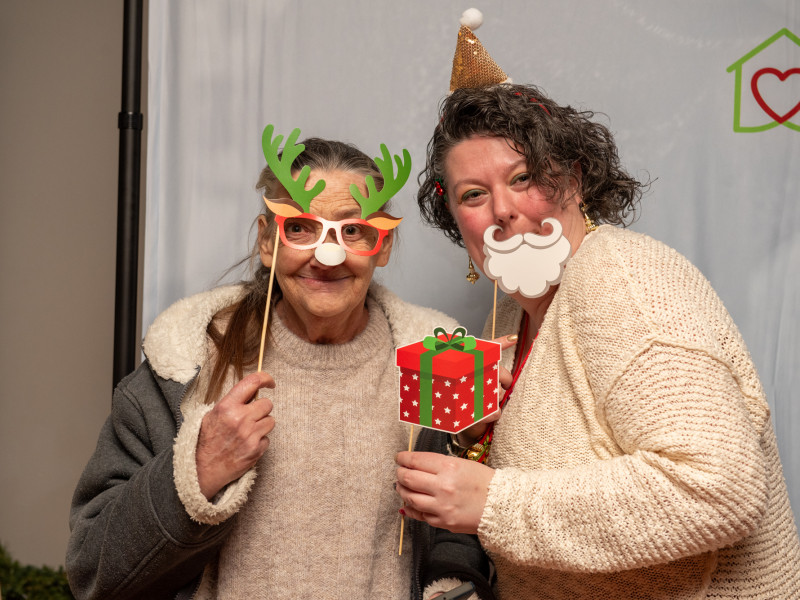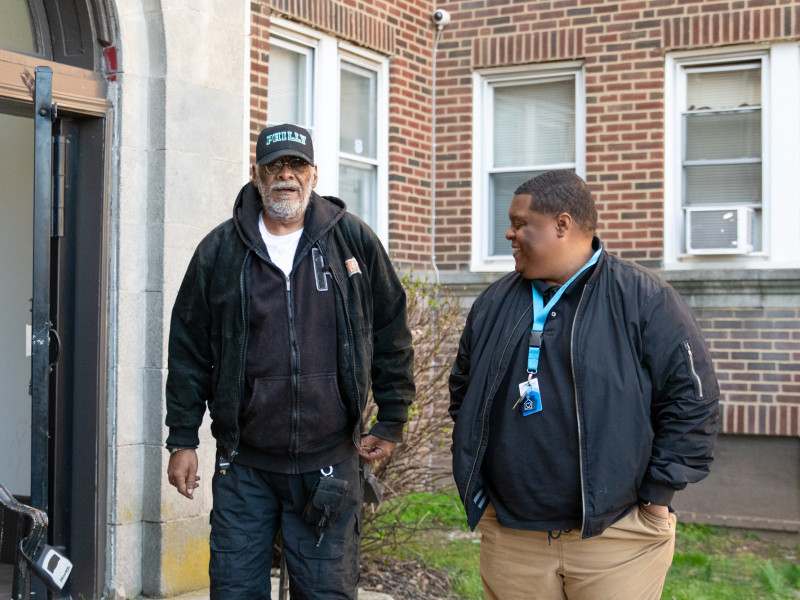What Our Participants Want You to Know - Breaking Stereotypes

Read Part 1 - Causes of Homelessness Here
Once someone becomes homeless, they aren’t suddenly relieved of responsibilities. They still have to find or maintain employment, pay for a phone or access to the internet, feed themselves, clothe themselves, care for their families or loved ones, maintain their health, and find somewhere to sleep each night. Our participants very loudly and forcefully reinforced that the most frequent stereotype they face is that they’re lazy. That’s very much not the case.
On the street, you have to navigate a brand-new social system. You’ll want to find allies and avoid those who might want to harm you. You’ll need to seek out areas where you can spend a few hours at a time without being asked to leave by local businesses, residents, or the police. All this on top of figuring out how to store your treasured belongings – and keep them safe while you’re asleep. To get help, you’ll find yourself navigating a social services system with many barriers to entry.
For example, there are intake centers for people experiencing homelessness in Philadelphia. All of them are in/near Center City, which requires transportation if you’re not sheltering in that location. Two are open Monday through Friday 7am to 5pm, but one of them is only open Tuesdays and Thursdays 9am-2pm. None of these intake centers provide overnight shelter; however, your best chance of being directed to a shelter with available beds is to visit an intake center first.
After-hours, there are four different options, each with separate hours and specialties, based on gender identity, age, and families. All assessment centers require visitors to pass through a metal detector and to complete an assessment with an intake coordinator. Proof of identification and guardianship of minor children is preferred but won’t preclude you from receiving help. If you visit a day-time resource and can’t finish the intake before it closes, you have to relocate to an after-hours resource or return the next day.
And that’s just the first step in the process to find shelter and get assistance.
Once intake is completed, you can be put on a wait list, directed to a shelter, or denied services outright because you don’t meet the guidelines, amongst other outcomes. There is no guarantee that the program you are referred to will be a safe place for you, or that it will meet your needs. Violence and theft can exist in many shelters. The intake center does its best, but there’s no guarantee.
Additionally, most partners cannot remain together: men and women visit separate intake centers and are referred to individual programs. Most programs don’t accept pets, so if you’re bonded with a pet, you’ll have to find alternate arrangements to take advantage of a shelter or housing program. Some family programs can’t accommodate fathers and only support women and children.
All this information is available online—for those who still have access to a phone or computer with internet. For those without access, word of mouth becomes their main resource, which often leads to visiting the wrong intake center or traveling to a shelter that requires an intake session before acceptance, only to then be redirected somewhere else.
All of this can feel like a never-ending uphill battle for many people experiencing homelessness. Discouraged by the challenges of navigating a complicated system, some choose to live unsheltered in small communities with people they trust and can rely on. These communities provide a sense of stability—until a clear-out forces them to start over and find a new place to call home. Despite the impermanence, they pool resources, share food and clothing, hold down jobs, and care for one another. They’re not lazy; they’re survivors.
Before judging someone experiencing homelessness for not having a job or “not getting help,” take a moment to consider how difficult it must be to hold down a job without access to basic necessities. Imagine trying to work when you can’t shower regularly, don’t have a permanent address for mail and tax purposes, lack an ID or Social Security card for employment paperwork, and can’t afford transportation to and from work. Take a few moments to reflect on how you’d survive without the resources you rely on every day.
That’s all our participants ask—just try to understand what it’s like in their shoes. They are human beings, just like you, doing their best to navigate a broken system.


